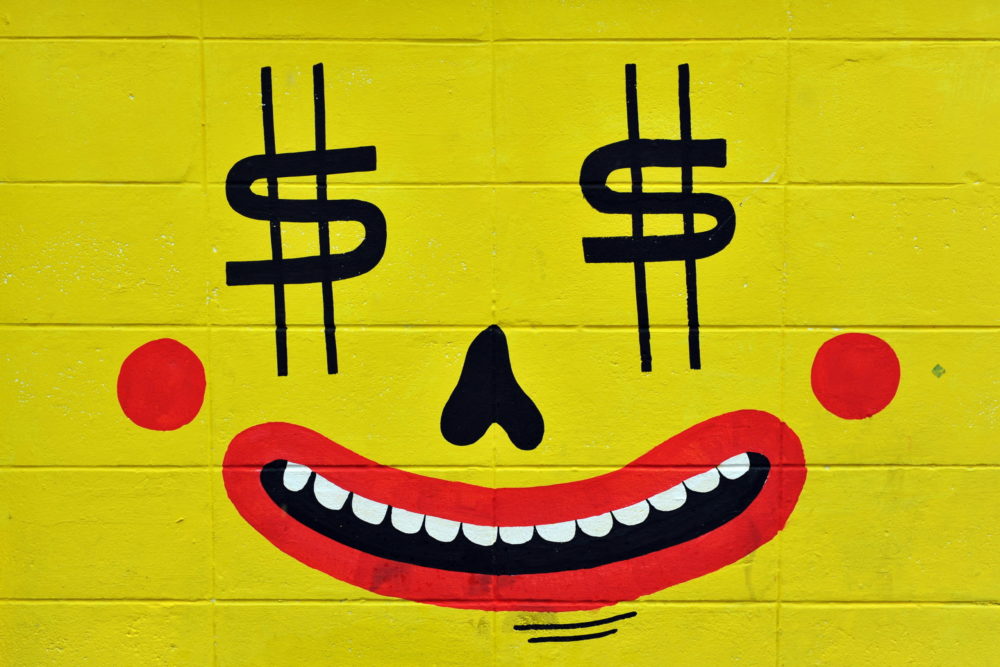Art influences society. It’s a visual preservation of our history that documents our changing opinions. As a society, we hold art in such high regard, but the same can’t be said for artists. Nearly all industries have been negatively impacted by the Coronavirus pandemic, but none have been more devastated than the art community. An Americans for the Arts survey of over 11,000 artists revealed that 62% of artists have become fully unemployed due to COVID-19.
Broadway went dark on March 12th, and according to Broadway.com “All New York City Broadway shows have been canceled through May 30, 2021”. “Six,” a new play about the ill-fated wives of King Henry VIII, was set to debut on Broadway on March 12th was also slated to become the first musical to reopen on London’s West End since Britain’s lockdown. The November 14th opening was recently pushed back to December.
Art does more than foster the human need for self-expression, it’s a hot commodity. The creation, management, and distribution of art employs millions of people. During the 2018-2019 season, the Broadway industry contributed $14.7 billion to the economy of New York City and supported 96,900 jobs according to The Broadway League. A comprehensive analysis published by Art Basel and UBS found that art gallery sales fell by an average 36% in the first half of this year due to the Covid-19 pandemic.
The UK Arts Council has created and extended programs to help artists impacted by the pandemic. San Francisco, California is the first American city to create a policy in efforts to support the art community. The Basic Income Pilot for Artists will direct almost $6 million in funding to arts organizations, artists, art teachers, and cultural workers. 130 artists will be selected to receive a monthly stipend of $1000 for at least six months, beginning in early 2021. The money can be spent on anything the artists want, from rent to food to art supplies, with no restrictions.
San Francisco’s new policy has been met with some negativity and accusations that the funds will be misused by those claiming to be artists. Another example of how art is praised while artists are disregarded.
There’s this dichotomy in the art world, either you’re a starving artist or you’re a sell-out. The artist stereotype is one that is eccentric, erratic, tortured, and misunderstood. With a romanticized hope that they may become beloved after death. This sentiment is the embodiment of this powerful Anne Frank quote, “Dead people receive more flowers than the living ones because regret is more powerful than gratitude.”
When we talk about art, we’re really talking about culture and there is no doubt that the Covid-19 pandemic has made a negative impact on culture. But, it’s also made a positive impact on art and culture as previously discussed in our piece Art as Activism. The bottom line is there’s always a yin and yang, and both are necessary.
The SF Arts Commission is also expected to provide funds to cultural organizations, and the Office of Economic and Workforce Development is directing $265,000 to paint “murals with a public health theme on boarded-up businesses and deploy performance artists to promote COVID-safe behaviors in high foot traffic areas.” Our team was recently discussing the difference between murals, street art, and graffiti.
Today the meaning of all three is nearly indistinguishable but there was a time when graffiti and street art contained hidden codes and messages to help keep communities of color, safe. These symbols of resistance and assistance were always promptly covered with paint. Now the entire street art movement is being whitewashed. Instead of artists expressing themselves freely, they are hired by corporations to push an agenda. The artists being hired for these positions are rarely street artists, often disconnected from the cultural nuances of the neighborhoods they are contracted to paint in, and far from the people of color who originated the art form.
Art is a vehicle for social change, it’s society’s collective memory. A song can change a generation. A novel can inspire countless films, paintings, plays, and poems. Art is also an investment and an asset. With so many art collectors and lovers of the screen and stage, the number of unemployed artists is surprising. It makes us question if people only collect art as a means to hide assets and receive tax breaks. And what does that say about us as a society?


